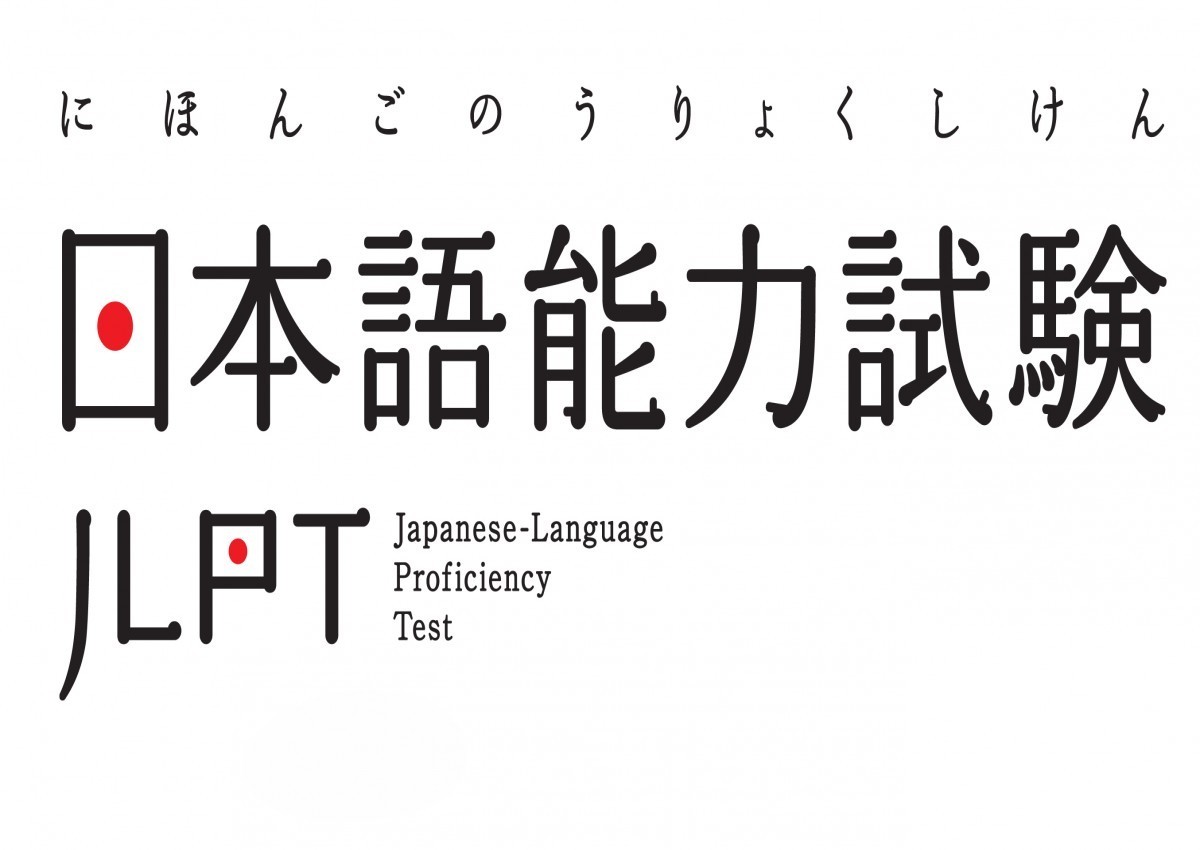15 Jan
Mastering Kanji: A Step-by-Step Approach to JLPT Success
Title: "Mastering Kanji: A Step-by-Step Approach to JLPT Success"
Embarking on the journey to conquer the Japanese Language Proficiency Test (JLPT) requires a thorough understanding and mastery of kanji characters, an integral component of the examination. In this guide, we'll explore a step-by-step approach to mastering kanji, equipping you with the tools needed for success in the JLPT study journey.
## Understanding the Significance of Kanji in the JLPT
Kanji, the logographic characters borrowed from Chinese, form a fundamental part of the JLPT, particularly in the higher levels (N2 and N1). These characters are used in combination with hiragana and katakana to create written Japanese. Mastering kanji is not only essential for reading comprehension but also for understanding nuances in vocabulary, grammar, and context.
## **Step 1: Grasping the Basics**
Begin your kanji journey by familiarizing yourself with the basic radicals and strokes that form the foundation of these characters. Understanding radicals helps break down complex kanji into manageable components, facilitating easier memorization.
In the initial phase, focus on learning common radicals and their meanings. Many resources, both online and in textbooks, provide interactive ways to study radicals, helping you build a solid groundwork for more advanced kanji study.
## **Step 2: Building a Core Kanji Vocabulary**
Kanji proficiency is not about memorizing every character but rather understanding and recognizing those commonly used in everyday life and on the JLPT. Start by building a core vocabulary of high-frequency kanji that frequently appears in the exam.
Use dedicated kanji learning apps, textbooks, and online resources to systematically introduce and reinforce new characters. Aim for a manageable number each day, ensuring consistent progress without overwhelming yourself.
## **Step 3: Incorporating Mnemonics and Memory Aids**
The sheer number of kanji characters may seem daunting, but mnemonic devices and memory aids can significantly ease the learning process. Create vivid stories, associations, or images related to each kanji to enhance recall.
Many learners find success in associating kanji with real-life objects or creating imaginative narratives around their shapes. Mnemonics add a layer of creativity to your study routine, making the process both engaging and memorable.
## **Step 4: Reinforcing Through Writing Practice**
Actively engaging with kanji through writing practice is a powerful method for reinforcing your memory. Dedicate time each day to handwrite kanji characters, paying attention to stroke order and balance.
Interactive writing exercises not only enhance muscle memory but also contribute to a deeper understanding of the characters' intricacies. Regular practice ensures that you can recall kanji efficiently during the exam.
## **Step 5: Contextual Learning and Vocabulary Integration**
Kanji comprehension goes beyond individual characters; it involves understanding how they function within words and phrases. Integrate kanji learning with vocabulary building to grasp their contextual usage.
Use Japanese language apps, flashcards, and reading materials to expose yourself to kanji in diverse contexts. Focus on words relevant to the JLPT, ensuring that you are preparing not only for individual characters but also for their practical application in the exam.
## **Step 6: Regular Review and Progress Assessment**
Consistent review is key to mastering kanji. Set aside time for regular review sessions to reinforce your learning and identify areas that need additional attention. Use practice exams, sample questions, and JLPT study materials to assess your progress and adjust your study plan accordingly.
In conclusion, mastering kanji is an essential component of achieving success in the JLPT. Through a systematic approach, incorporating basic principles, memory aids, writing practice, contextual learning, and regular review, you'll build a strong foundation for tackling the kanji challenges presented in the exam. Approach your kanji studies with dedication and creativity, and you'll find yourself well-equipped for JLPT success. Happy studying!










